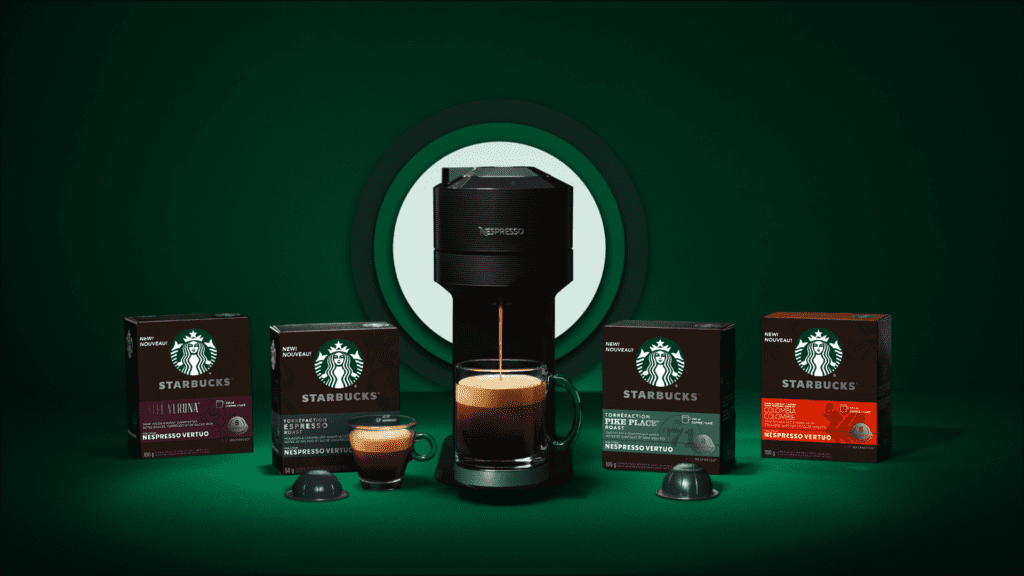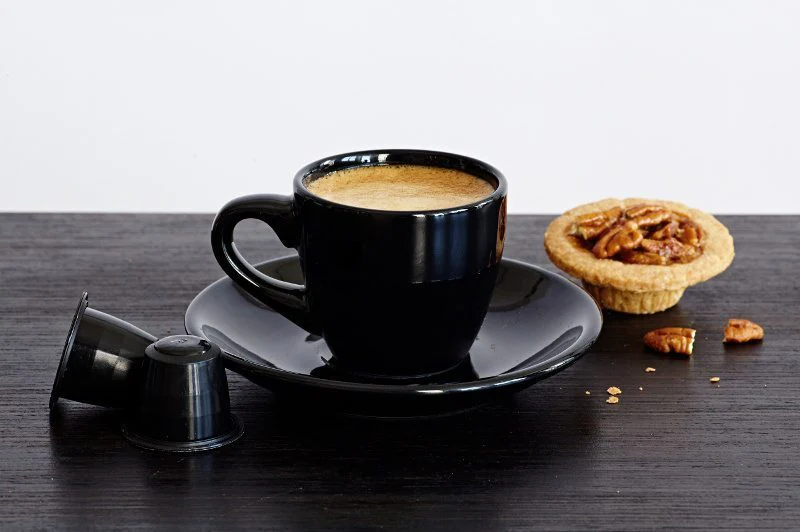The roast level of your coffee beans plays a huge role in how your espresso tastes. Light roasts bring out bright, fruity notes. Medium roasts hit a sweet spot of balance and smoothness. Dark roasts deliver bold, smoky flavors that punch through milk like a champ.
If your espresso isn’t tasting quite right, your beans might be the real culprit. Understanding how roast level affects espresso, change flavor, texture, and vibe can help you pull shots that actually match your taste.
In this article, we’ll explore how roast level shapes espresso. From citrusy and complex to rich and roasty, those little beans carry a lot of weight. No matter if you’re into bright and lively or dark and bold, here’s how roast level influences what ends up in your cup.
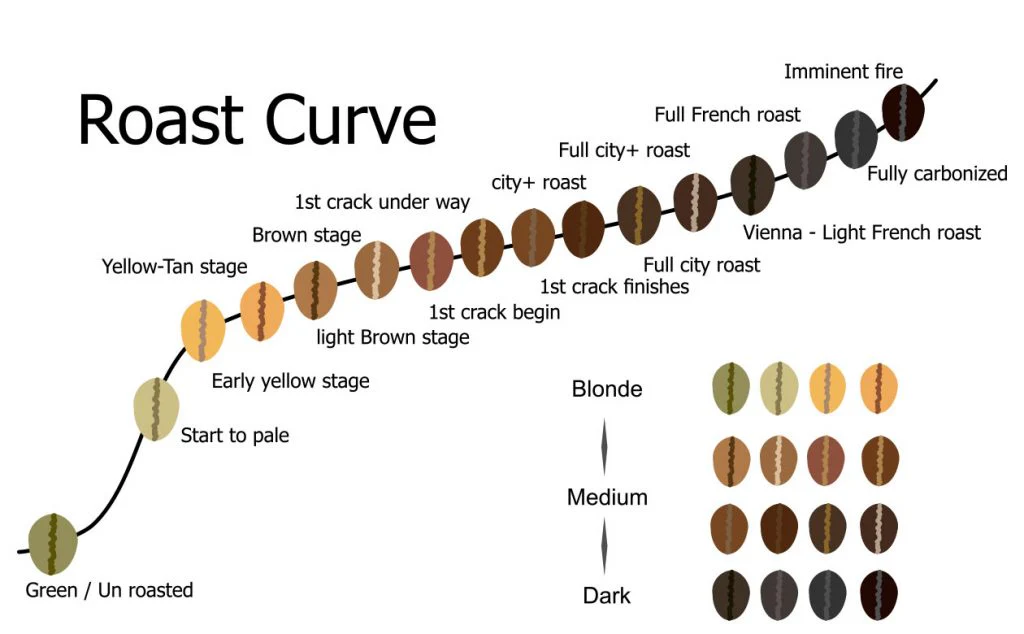
Understanding Coffee Roast Levels
Roast level plays a massive role in the flavor of your espresso. It’s like the difference between wearing a t-shirt in summer vs. a hoodie in winter: same basic idea (coffee beans = clothes), but the vibe? Totally different. Let’s break it down real quick:
Light Roast
- Roasted to ~350–400°F (177–204°C)
- Beans are dry with no visible oils
- High acidity, origin clarity, more complex
- Bright, fruity, floral—think citrus and berries
- Single origin espresso
- Tangy, complex, but tricky to dial in
Medium Roast
- Roasted to ~410–430°F (210–221°C)
- Balanced acidity and body
- Notes of caramel, nuts, cocoa
- Sweet, balanced—caramel, cocoa, toasted nuts
- Blends and everyday espresso
- Smooth, reliable, café-friendly crowd-pleaser
Dark Roast
- Roasted beyond 440°F (227°C)
- Oily surface, deep color
- Low acidity, more bitterness and smokiness
- Bold, smoky—dark chocolate, roasted nuts
- Milk drinks and classic espresso fans
- Heavy, low-acid, strong but can turn ashy
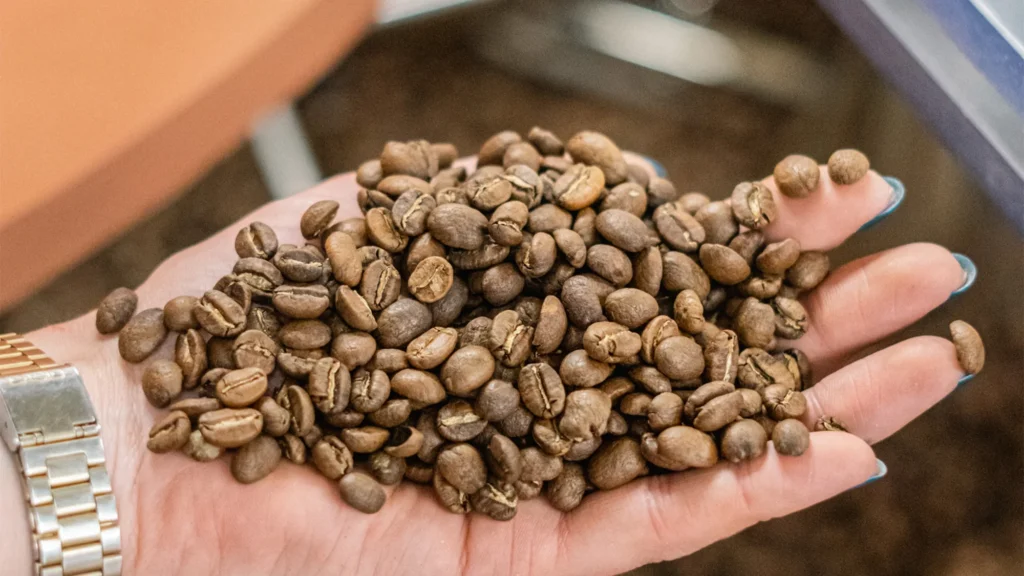
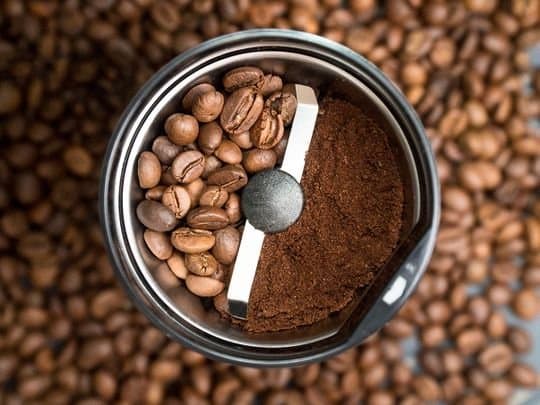

How Roast Level Affects Espresso Taste
Roast level isn’t just about color or how long the beans sat in the roaster. It’s a key driver of flavor, aroma, acidity, and body in your espresso. Light roasts highlight the bean’s origin, offering bright and fruity profiles. Medium roasts bring balance and a touch of sweetness. Dark roasts mute acidity but crank up the bold, smoky intensity.
Each level pulls differently, interacts with milk in its own way, and creates a totally different espresso experience, so choosing the right roast isn’t just personal, it’s practical.
Roast Level and Its Impact on Espresso Extraction
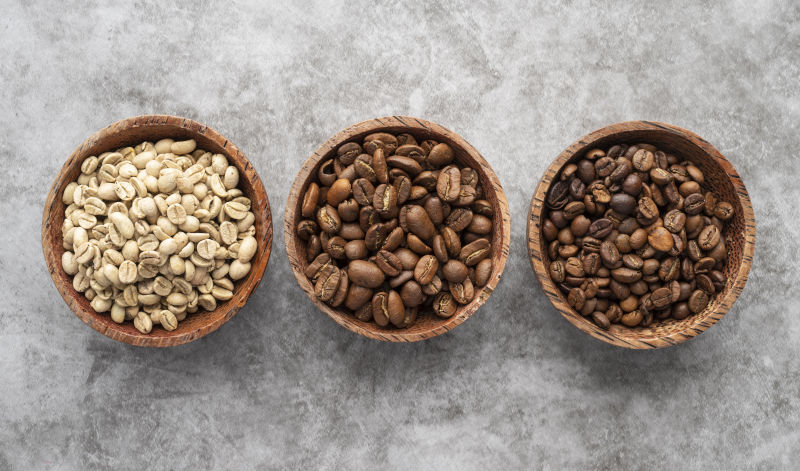
Roast and Solubility
Light roasts are less soluble due to their dense cellular structure. This makes them harder to extract under normal pressure. You’ll need finer grinds, longer pre-infusion, and sometimes lower temperatures.
Dark roasts break down more easily, often over-extracting if you’re not careful. They require coarser grinds and shorter brew times to avoid bitterness.
Flavor Profiles by Roast Level in Espresso
Light Roast Espresso
• Bright, fruity, sometimes tea-like
• High acidity, less crema
• Best enjoyed as straight shots
• Can be challenging to dial in

Medium Roast Espresso
• Balanced acidity and sweetness
• Rich crema, smooth mouthfeel
• Good for straight or milk drinks
• More forgiving to extract

Dark Roast Espresso
• Smoky, bold, bitter-sweet
• Low acidity, heavy body
• Great in milk drinks
• Easy to over-extract


Roast Level and Crema Production
Dark roasts often create more crema due to CO₂ retention and surface oils. However, that doesn’t mean the shot is better—crema quantity ≠ quality.
Light roasts may produce less crema, but can have better aromatics and cleaner finishes.
Dialing In Espresso Based on Roast Level
Grind Settings
- Light roast: finer grind
- Medium roast: standard espresso grind
- Dark roast: slightly coarser
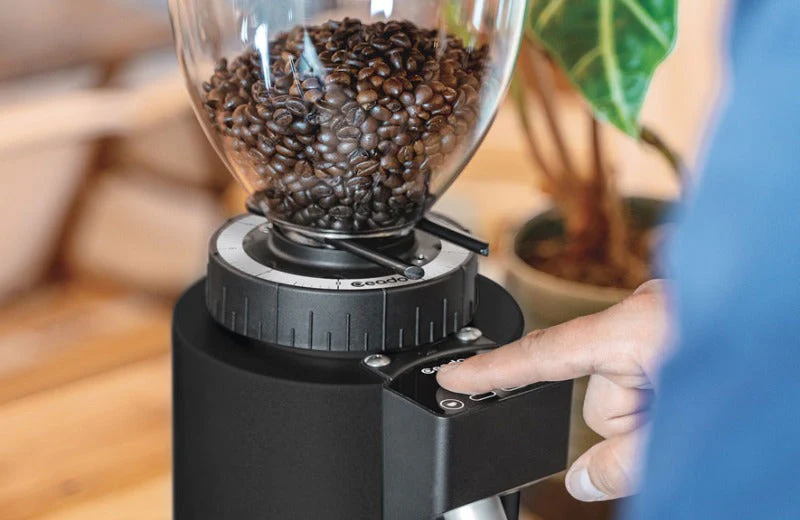
Brew Time and Pressure
- Light roast: 30–35 seconds, possibly lower pressure
- Medium: 25–30 seconds, 9 bars
- Dark: 20–25 seconds, may benefit from lower temp
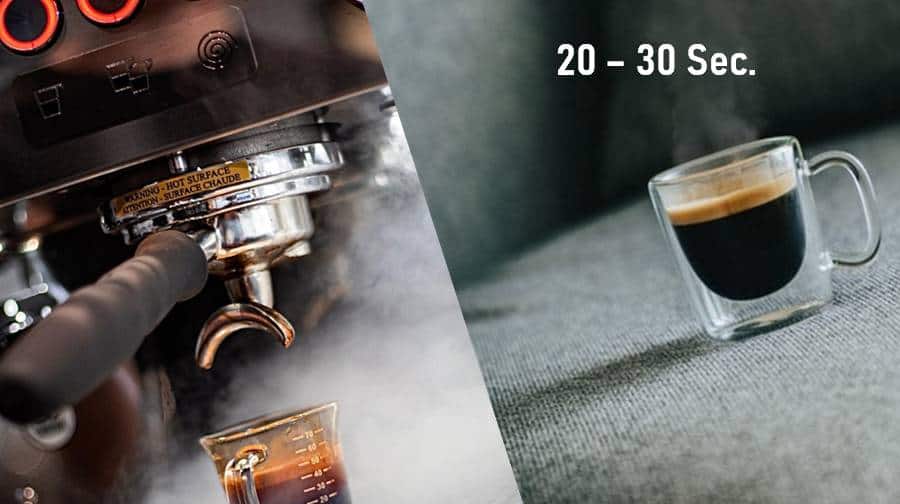
Roast Level and Milk Pairing

Which Roasts Work Best in Milk-Based Drinks?
- Medium to dark roasts are ideal—they cut through milk with chocolate, caramel, and nutty notes.
- Light roasts often get lost or clash with milk’s sweetness and texture.
The Impact of Roast Age on Espresso
Freshness Timeline
- Light roasts: best after 10–14 days
- Medium roasts: sweet spot around 7–10 days
- Dark roasts: usually ready to brew after 3–7 days
Should You Use Different Roasts for Different Drinks?
Straight Shots
• Light and medium roasts excel in solo expressions
• Showcase clarity, complexity, and terroir
Milk-Based Drinks
• Medium-dark roasts provide strength and sweetness
• Easier to dial in at scale

Specialty Espresso Roasting Trends
Many third-wave roasters now craft espresso-specific roast profiles, tailored to maximize balance, crema, and solubility.
Some even produce two versions of the same origin: one for espresso, one for filter.
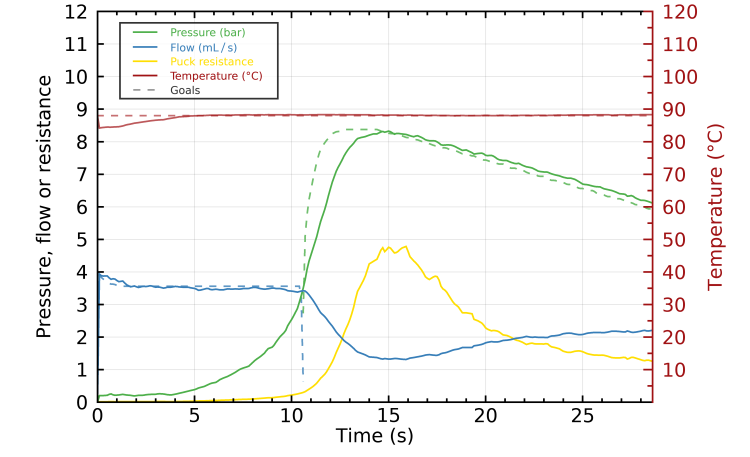
Final Thoughts
Roast level is more than a flavor choice—it’s an extraction variable that changes everything. Understanding how light, medium, and dark roasts behave under espresso conditions gives you the control to dial in better shots and craft drinks with purpose.
Don’t be afraid to experiment. Your grinder, palate, and espresso machine are your lab. Adjust, taste, and repeat.
Written by Jose Luis Surjan
Espresso & Latin Food Expert
Disclosure: Our blog contains affiliate links to products. We may receive a commission for purchases made through these links. However, this does not impact our reviews and comparisons. We try our best to keep things fair and balanced, in order to help you make the best choice for you.


